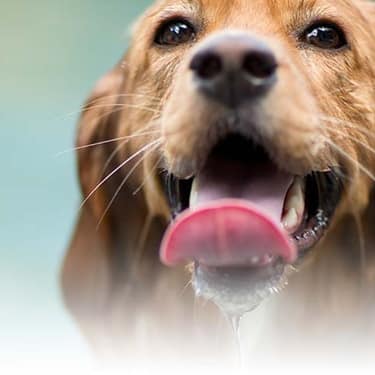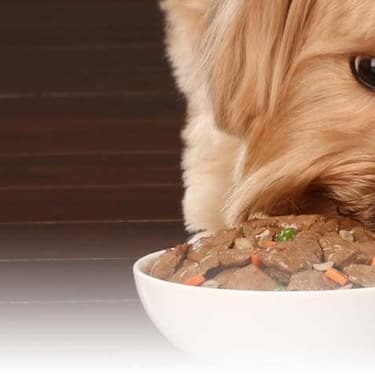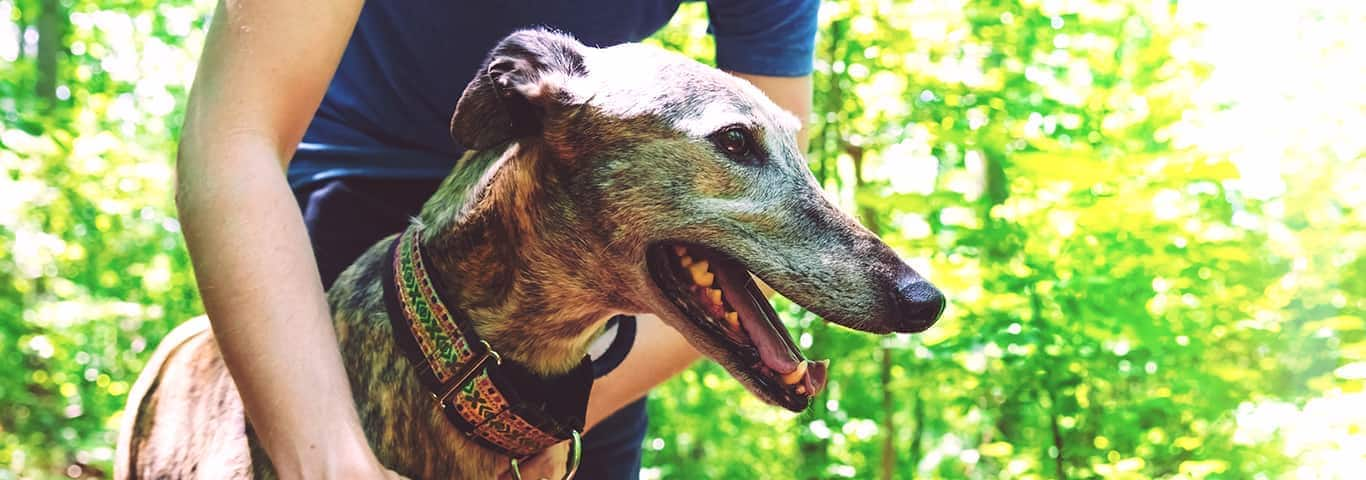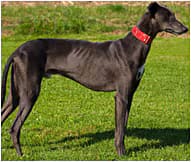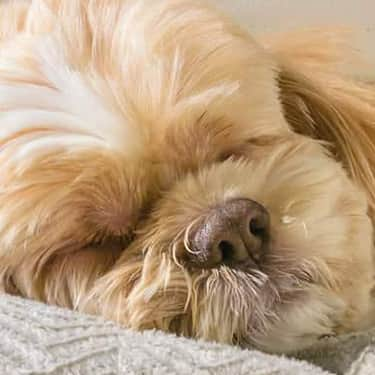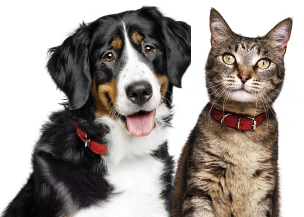The greyhound has a very gentle and quiet disposition. As it was necessary for the greyhound to hunt and run in groups, aggressiveness toward other dogs has almost been completely eliminated from the breed. The dog does have a strong prey drive, however, and may not be suitable for homes with small pets such as rabbits.
The greyhound is often tolerant of children and, being non-aggressive, will usually walk away from annoyance rather than snap or growl. In spite of his great athletic ability, the greyhound is quite happy to spend most of the day sleeping. The dog does not have a lot of endurance and actually requires less exercise time than most dogs.
As with all sight hounds, greyhounds have a strong instinct to chase. In spite of this, it is possible for them to live with other pets as long as sufficient time is given for socialisation and training. This dog is the perfect pet for a family who wants a large dog, but one that is both streamlined and clean.
The greyhound is an average shedder, and the short coat does not require a lot of grooming.
A safe place is needed for the dog to run, but long periods of exercise are not required, unlike what some assume. In fact, the breed has been called the "40 mph couch potato." The greyhound is a friendly pack-oriented breed and will readily adopt a family as his own.
Diet Suggestions:
Puppy: Hill's Science Diet Puppy Large Breed Dry Dog Food
Adult: Hill's Science Diet Adult Large Breed Dry Dog Food, Hill's Science Diet Adult Oral Care Dry Dog Food, Hill's Science Diet Adult Healthy Mobility Large Breed Dry Dog Food
Mature: Hill's Science Diet Adult 6+ Senior Large Breed Senior Dry Dog Food
Greyhounds are one of the oldest breeds of dogs, tracing back over 8,000 years to early cave drawings and ancient Egyptian artifacts. Many different explanations are found for the origin of the name greyhound. One suggestion is that the original greyhound was mostly gray in colour. Another explanation is that the name comes from the Old English "grei," meaning dog and "hundr," meaning hunter. The name also may have come from the term Greekhound, because the dog first reached England through the Greeks.
Whatever the origin of the name, the greyhound today continues to be the same noble dog depicted in art and literature throughout history. This breed has long been associated with royalty. In fact, from the 11th to the 14th century, English law decreed that no "mean person" be allowed to keep a greyhound.
For thousands of years, greyhounds were bred to hunt by outrunning their prey. The fastest breed of dog, a greyhound can reach a speed of over 64 km per hour. The dog is also very graceful and athletic, with the ability to maneuver easily and anticipate every move of his prey.
Continued careful breeding and handling over the years have made the greyhound a most intelligent, affectionate companion. With the advent of greyhound track racing, as well as dog showing, the breed diverged into show and racing types, with the racing type by far the more populous. In recent years a concerted effort to find homes for retired racers has raised the public's appreciation of the breed's great pet potential.







